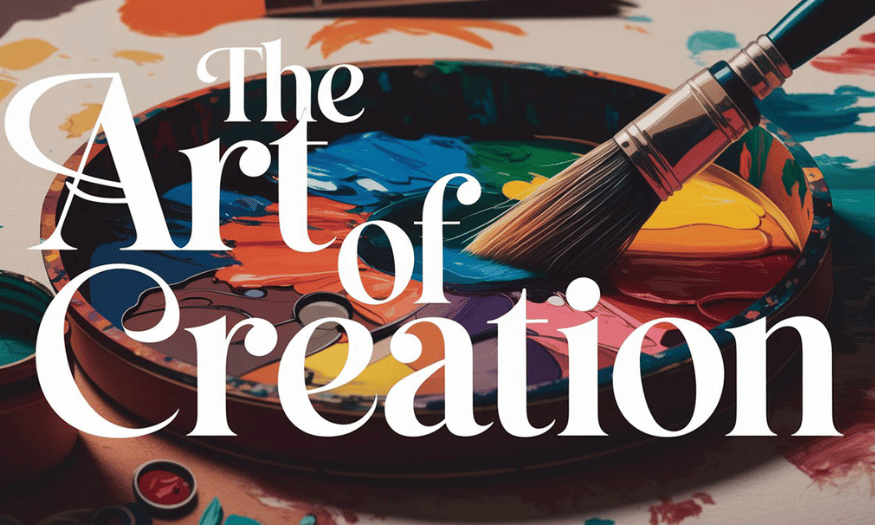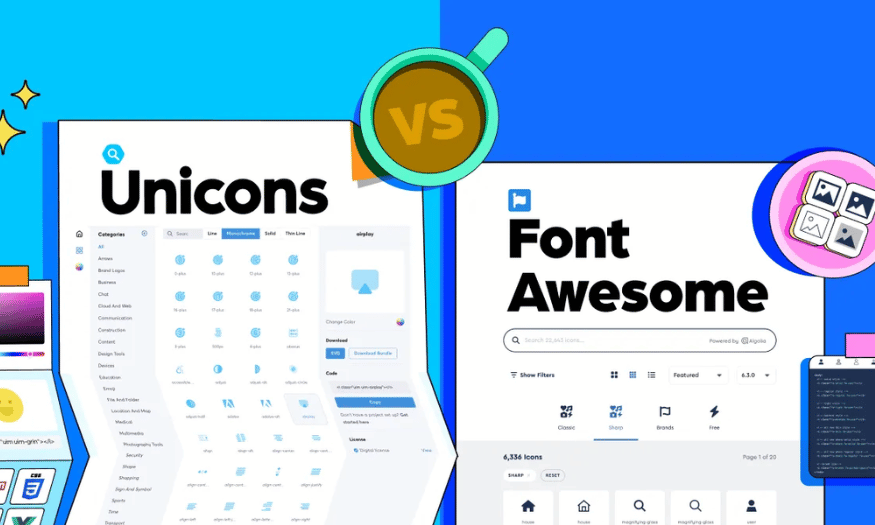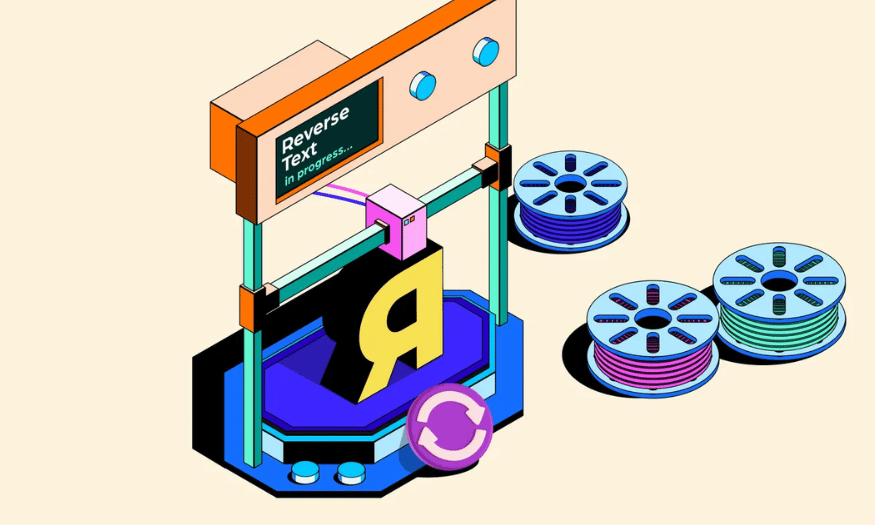Best Selling Products
Serif Fonts: Exploring Styles and Why to Use Them
Nội dung
- 1. What is a Serif Font: Discover Styles and How to Use Them
- 2. Reasons for using Serif fonts
- 3. Serif Font Classification
- 3.1 Old-style serifs
- 3.2 Transitional Serifs
- 3.3 Didone (Modern) Serifs
- 3.4 Slab Serif
- 4. Other styles
- 4.1 Serif Tuscan
- 4.2 Latin foot (Cuneiform)
- 5. Building Serif fonts
- 5.1 Types of Serifs
- 5.2 Parentheses
- 6. Frequently Asked Questions About Serif Fonts
- 6.1 What are the characteristics of serif fonts?
- 6.2 Why use serif fonts?
- 6.3 What is an example of a serif font?
- 6.5 Where are serif fonts commonly used?
- 7. Beautiful serif font generator
- 8. Conclusion
Serif fonts have been around for centuries and have become an indispensable part of the world of graphic design and printing. With the prominent features of the "feet" at the end of the characters, these fonts not only bring elegance but also create a sense of readability and user-friendliness. From classic prints to modern products, Serif has proven its appeal. In this article, let's explore the history, style and why Serif fonts are popular in many different fields, from culture to commerce.

Serif fonts have been around for centuries and have become an indispensable part of the world of graphic design and printing. With the prominent features of the "feet" at the end of the characters, these fonts not only bring elegance but also create a sense of readability and user-friendliness. From classic prints to modern products, Serif has proven its appeal. In this article, let's explore the history, style and why Serif fonts are popular in many different fields, from culture to commerce.
1. What is a Serif Font: Discover Styles and How to Use Them
Serif fonts are more than just a part of graphic design; they are a distinct language that effectively conveys messages and emotions. With distinctive features like serifs and transitions between thick and thin strokes, Serif fonts have the ability to create a warmth and intimacy that many sans-serif fonts cannot achieve. This makes Serif fonts an ideal choice for a wide range of content, from books to advertising and official documents.
Additionally, the use of Serif fonts in web design is also becoming more popular. Many designers find that Serif fonts can create a stronger and more trustworthy impression, especially in fields such as journalism, publishing, and education. When used properly, these fonts can highlight content, making it easier for readers to access and interact with information.
2. Reasons for using Serif fonts
There are many reasons to choose Serif fonts in your design. One of the main reasons is legibility. Many studies have shown that Serif fonts make it easier for the reader’s eye to follow the text, especially in long documents. The “feet” of the letters help create focal points, leading the reader’s eye from one letter to the next in a natural and comfortable way.
Serif fonts also convey a sense of prestige and professionalism. In a competitive world, choosing the right font can make a big difference in how a brand is perceived. Businesses often use Serif fonts in their logos and marketing materials to convey a message of trustworthiness and quality.
.png)
3. Serif Font Classification
Serif fonts are divided into several basic types, each of which brings a distinct style and emotion. This diversity not only makes it easy for designers to choose, but also creates different reading experiences for users. Among them, there are three main types: Old-style Serif, Transitional Serif, and Didone (modern). Each typeface not only represents a design style but also reflects the cultural and historical values of each period.
3.1 Old-style serifs
Old Style serifs, also known as Old Style serifs, originated in the 15th and 16th centuries, during the Renaissance. These fonts often have a gentle cross-section, with serifs that are rounded and almost organic in shape. This gives them a warm and friendly feel, as if they were drawn by hand. The transitions between thick and thin strokes are subtle, making them easy to read and comfortable on the eye.
Good examples of this typeface are Garamond and Bembo. Garamond, designed by Claude Garamond, is one of the most popular fonts for classic book design. It has a sense of elegance and tradition. Similarly, Bembo, which dates back to the Italian Renaissance, also exudes timeless charm. Both fonts demonstrate how type design can be tied to cultural history, creating works of art that are not only beautiful but also expressive.
3.2 Transitional Serifs
Transitional serifs emerged in the 18th century, marking a shift in type design. They stood at the crossroads between old and modern styles, with a stronger contrast between thick and thin strokes. The vertical emphasis gave a sense of clarity and precision, reflecting the values of the Enlightenment.
Notable examples of transitional serifs include Baskerville and Times New Roman. Baskerville, with its crisp, clean design, revolutionized readability in the 18th century and became an icon in design. Times New Roman, developed for newspapers, combines functionality and aesthetics. It is not only popular in official documents but has become an indispensable part of everyday work.
.png)
3.3 Didone (Modern) Serifs
Didone serifs, also known as Modern serifs, are a typeface that exudes drama and elegance. Emerging in the late 18th century, these fonts feature bold and subtle strokes, creating a striking visual effect. The sharp lines and strong contrast between letterforms make Didone an ideal choice for high-end products.
Bodoni and Didot are two of the most prominent fonts in this genre. Bodoni, designed by Giambattista Bodoni, is a masterpiece of formal perfection, while Didot, a French creation, is often featured in high-end fashion magazines. These fonts are more than just letters; they are symbols of style and art.
3.4 Slab Serif
Slab Serif is one of the typefaces characterized by thick and angular serifs, giving a sense of solidity and strength. These fonts are designed to stand out, ideal for advertising and display applications. With a strong structure, Slab Serif not only attracts the eye but also creates an impression at first sight, helping to convey the message effectively.
Two iconic slab serif fonts are Clarendon and Rockwell. Clarendon has been a popular choice for posters and signs since the 19th century due to its sturdy construction, while Rockwell, with its geometric precision, offers a mix of vintage and modern styles. Both fonts are not only attractive but also powerful, making it easy for viewers to recognize and remember the message.
.png)
4. Other styles
4.1 Serif Tuscan
Tuscan Serifs feature ornate strokes and exaggerated shapes, bringing a playful and creative look to the typographic landscape. These fonts often feature unique swirls and lines, making them a great choice for designs that need to stand out and have personality. Using Tuscan Serifs can create a strong impression, attract attention, and convey creativity in each piece.
The unconventional design of Serif Tuscan not only attracts the eye but also creates a cheerful atmosphere, ideal for art, advertising or events. These fonts are often used in book covers, art posters and projects that need to be unique, helping to highlight the brand or message they represent.
4.2 Latin foot (Cuneiform)
Latin serifs, also known as wedge serifs, feature triangular, pointed serifs that give them a clean, crisp look. These typefaces combine the legibility of traditional serifs with a modern edge, making them versatile for a variety of design needs. With their refined design, Latin serifs are often used in formal documents, conveying professionalism and trustworthiness.
Latin Serifs are not only sophisticated but also effective in conveying a message. They are suitable for logos, advertisements and publications that require a balance between aesthetics and functionality. Because of their versatility, Latin Serifs have become a popular choice in many fields, from business to education, contributing to the value of the content they represent.
.png)
5. Building Serif fonts
5.1 Types of Serifs
Hairline
Hairline serifs are delicate, almost ethereal, and add a touch of sophistication to any typeface. These serifs don’t shout; they whisper, adding to the subtlety and complexity of the font. Think of the gentle strokes of Bodoni, where the serifs are as thin as the threads of a spider’s web. This delicacy not only feels light, but also exudes sophistication, making the typeface perfect for high-end, artistic designs.
Hairlines are often used in luxury publications, such as art books or fashion magazines. They provide a sense of intimacy and grace, enhancing the aesthetic value of the content they represent. When you want to create a soft and elegant impression, hairlines are the perfect choice.
Square serif (slab serif)
Square serifs or slab serifs are key typefaces, strong and sturdy, like the foundations of a fortified fortress. They create a sense of weight and presence, ensuring that every letter stands out with authority. Think Rockwell or Clarendon, where the serifs are as solid as bricks, grounding the text in a strong visual statement.
The solidity of square serifs makes them ideal for headlines, billboards, and designs that require immediate attention. These fonts not only exude strength but also convey a sense of trust, making them a popular choice in commercial and advertising fields.
Cuneiform foot
Cuneiform serifs offer a clean, crisp look that lends a sense of dynamism to typefaces. They strike a balance between formality and minimalism, making them a versatile option for both contemporary and traditional designs. Fonts like Trajan or Minion feature these triangular serifs, giving the text a distinctive, polished finish.
This typeface is often used in documents that require elegance and professionalism, such as reports and letters. The sharp features of the cuneiform serif not only enhance readability, but also create a strong impression, effectively highlighting the content.
.png)
5.2 Parentheses
Square brackets
Bracketed serifs are an elegant transition where the serif meets the main stroke with a gentle curve. This soft, flowing connection adds grace and grace to the font, making it easier on the eye. Like the difference between a sharp corner and a rounded corner—bracketed serifs are the typeface equivalent of a welcoming hug.
Garamond and Baskerville are great examples where square brackets soften the rough edges, creating a harmonious and readable typeface. These fonts not only feel pleasant, but also enhance the aesthetics of the text.
Footer without brackets
Serifs without square brackets meet the main stroke at a sharp angle, without any curves to soften the transition. This creates a more modern, simple look, often associated with precision and clarity.
The absence of square brackets gives the typeface a more mechanical and precise feel, perfect for conveying a sense of formality and rigor. Consider Didot or Bodoni, where bracket-less serifs contribute to a striking, high-contrast look that commands attention.
6. Frequently Asked Questions About Serif Fonts
6.1 What are the characteristics of serif fonts?
Characterized by their decorative “feet,” or extensions, serif fonts include separate terms, such as x-height and stroke. These elements together influence the font’s readability and typographic hierarchy, making them a key element in both print and digital typography design.
6.2 Why use serif fonts?
Serif fonts are popular for their legibility and classic appeal. Known for enhancing the readability of long texts, they are often found in books, newspapers, and academic papers. Their historical roots date back to Roman inscriptions, giving them a timeless feel.
6.3 What is an example of a serif font?
There are plenty of examples, from the contrasting elegance of Baskerville to the solid slab serif of Courier. Each serif font family has its own characteristics, making them suitable for a wide range of applications – from subtle editorial content to clean digital interfaces.
6.4 How do serif fonts improve readability?
The additional strokes guide the human eye, promoting fast and smooth movement across lines of text. Studies on font readability show that these elegant decorations positively impact readability and enhance the user experience in both print and digital media.
6.5 Where are serif fonts commonly used?
Serif fonts are ubiquitous in print design, including books, newspapers, and magazines. They also permeate digital content, found in articles, blogs, and even branding materials. The structured feel of serif fonts conveys trustworthiness and professionalism across a variety of platforms..png)
7. Beautiful serif font generator
Creating beautiful serif typefaces requires a combination of art and technique. There are many easy-to-use online tools that help users design custom serif fonts. Some of the most popular tools include FontForge , which allows you to create and edit fonts with a wide range of features. Calligraphr is a great option, which turns handwriting into a digital font in just a few simple steps.
Glyphs and RoboFont are more professional software, suitable for those who want to delve into font design. They provide many powerful tools to create fine details for serifs.
Canva also offers ready-made serif font templates, making it easy for users to create beautiful designs without any specialized knowledge. Using these tools will not only help you create unique fonts, but also enhance your creativity in your design projects.
8. Conclusion
In short, Serif fonts are more than just a visual choice; they carry a rich cultural heritage and compelling reasons for use. The ability to convey a message clearly and with strong emotion has helped Serifs maintain their place in the design industry. Whether you are working in print, web design or advertising, Serif fonts bring sophistication and professionalism to any work. When choosing a font for your project, consider the power and beauty that Serifs bring.












































